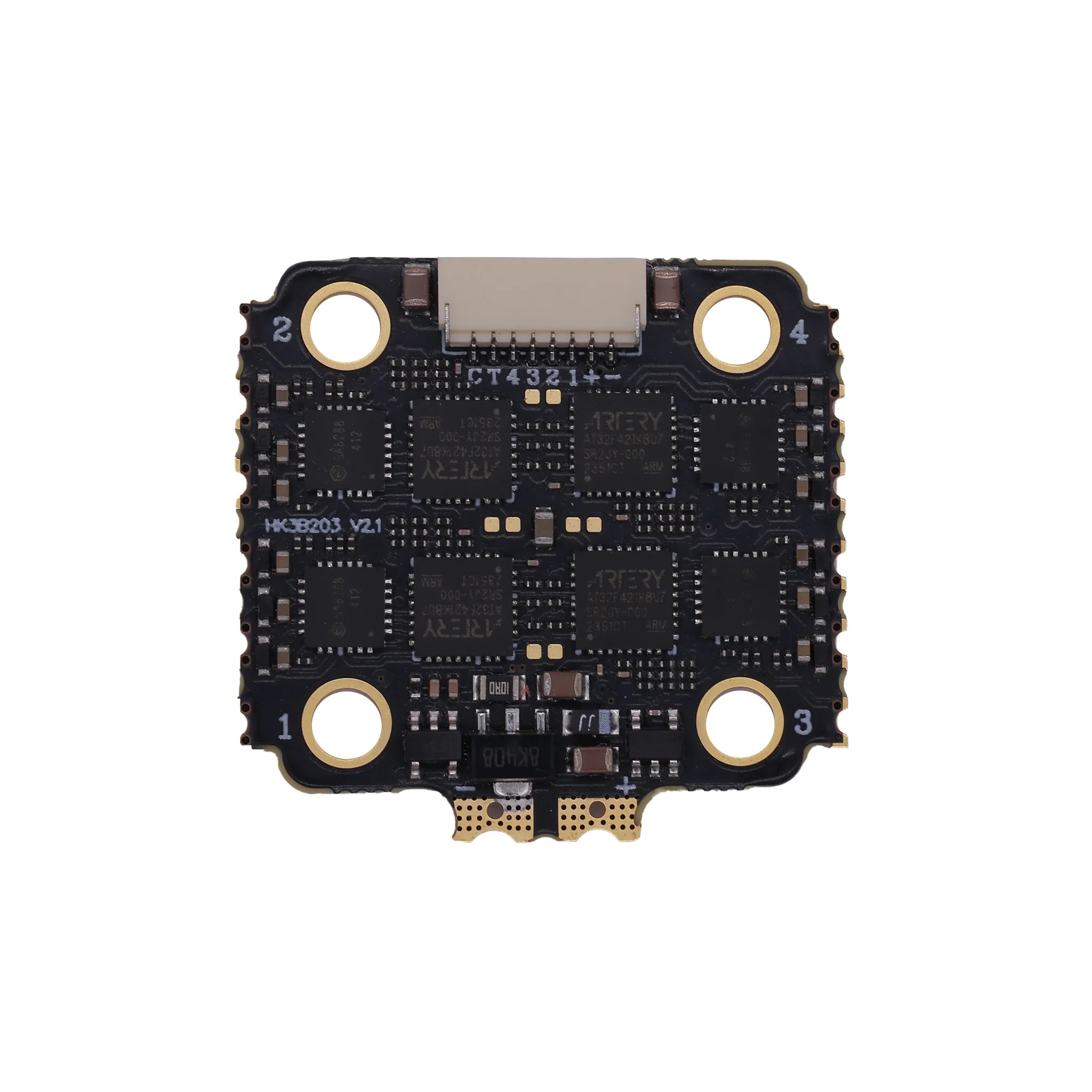Hey there, fellow adrenaline junkies! As someone who's been zipping through the skies with FPV drones for over a decade—racing in MultiGP events, freestyling in abandoned warehouses, and even capturing epic cinematic shots for indie films—I'm excited to share my insider take on getting started. If you've ever watched a drone scream through hoops like an airborne F1 car, you're in for a treat. In this two-part blog series, we'll break down FPV drones (aka racing or freestyle drones) in a way that's fun, straightforward, and packed with real-world tips. This is Part 1: What exactly is an FPV drone, and the burning questions every newbie asks. Stick around for Part 2 on drone types!
Whether you're a total rookie eyeing your first build or a hobbyist dipping toes from consumer drones like DJI, let's make this journey epic. By the end, you'll know why FPV isn't just flying—it's like strapping into a virtual cockpit and unleashing your inner pilot. Pro tip: Grab a coffee, because once you start, you won't want to stop!
What Makes FPV Drones So Addictively Awesome?
Picture this: You're not just controlling a drone from afar like some remote-operated toy. No, with FPV (First Person View), you're in the drone. Strap on those goggles, and bam—you're soaring at 100mph, dodging trees, flipping upside down, and feeling every gust of wind like it's your own adventure. It's like playing a high-stakes video game, but with real physics, real crashes, and that heart-pounding rush when you nail a perfect loop.
At its core, an FPV drone is a quadcopter on steroids—four rotors, lightweight frame, and a camera beaming live footage straight to your goggles. Unlike your average consumer drone (think DJI Mini for casual selfies), FPV rigs ditch the auto-hover and GPS crutches. You're the boss: manual control all the way. That means no fancy obstacle avoidance—just your skills against gravity. Hit a signal glitch or low battery? You're toast. But master it, and the payoff is insane—like pulling off a mid-air barrel roll that leaves your buddies speechless.
In 2025, FPV is hotter than ever. With leagues like MultiGP, DRL (Drone Racing League), and DCL pushing commercial events (hello, ESPN broadcasts!), it's not just a hobby—it's a sport. And tech? We're talking ultra-low-latency digital systems like DJI O4 for crystal-clear feeds, sustainable Li-ion batteries for longer flights, and even AI-tuned flight controllers for smoother maneuvers. But let's not get ahead—FPV shines in three main playstyles:
- Racing (The Aerial F1): Think timed laps through glowing gates. It's fast, furious, and addictive. Pro races hit speeds over 120mph—pure edge-of-your-seat action.

- Freestyle (The Skateboard of the Skies): No rules, just tricks. Flip, spin, dive under bridges. It's the gateway for most pilots, building skills before racing.

- Cinematic (Hollywood in the Air): Mount a GoPro and capture jaw-dropping footage. Unlike consumer drones, FPV lets you nail dynamic shots like high-speed chases or freefalls—perfect for creators.
The magic? That "out-of-body" immersion. One wrong twitch, and you're eating dirt. But land a flawless run? It's euphoric. Just remember: Safety first—fly in open areas, away from crowds, and check local regs like FAA's Remote ID in the US.
Top Questions Every FPV Newbie Asks (And My Honest Answers)
As a vet who's crashed more drones than I can count (hey, it's how we learn!), I've fielded these queries a ton. Here's the lowdown, straight from the flight line:
1. How Long Can an FPV Drone Fly?
It varies like pizza toppings—depends on your setup and style. A freestyle beast might give you 3-8 minutes of heart-racing flips on a standard LiPo battery. Racing? Under 3 minutes of flat-out speed. For cinematic long-range hauls, we're pushing 20+ minutes in 2025 with efficient Li-ion packs and low-throttle cruising. Tip: Start with extra batteries—nothing kills the vibe like a mid-flight blackout!
2. How Far Can FPV Drones Go?
Freestyle and racing? Distance isn't the goal—keep it within visual line-of-sight (VLOS), ideally under 300 meters to avoid signal dropouts. No interference? Analog systems might stretch to 1km, but digital like Walksnail Avatar hits 4km+ reliably. Long-range cinematic rigs? Sky's the limit—factor in terrain, antennas, and power. I've flown 5km+ in open fields, but always scout for FAA no-fly zones first. Pro hack: Upgrade to high-gain antennas for that extra edge.
3. What's the Cost to Get Started?
FPV can be wallet-friendly or a black hole—depends on your ambitions. A basic starter kit (drone, radio, goggles) runs $300-500 for a micro indoor whoop. Scale up to a freestyle 5-inch build? $500-800. Goggles and radios? Entry-level at $100-200 each, but pros splurge $500+ on premium gear like Fat Shark Dominators. Total newbie setup: $400-1,000. My advice: Start cheap, crash often, then upgrade. Check out NZFPV for deals on HAKRC stacks—they're beastly without breaking the bank.
There you have it—your crash course (pun intended) into FPV drones. Feeling the itch to fly? In Part 2, we'll classify drone types so you can pick your perfect rig. Drop a comment: What's your biggest FPV fear? Let's chat! And hey, subscribe for more tips—next up, simulator hacks to level up without wrecking real gear.
Ready to gear up? Head to NZFPV for beginner-friendly stacks and accessories. Fly safe, fly fun!
FPV Drone Types 2025: Pick Your Perfect Rig Like a Pro
Welcome back, FPV enthusiasts! If you caught Part 1 of this series, you know I'm all about that immersive rush—I've been chasing horizons since the early days of clunky analog feeds. Now, in 2025, with tech like dual-gyro stacks and 8S power monsters, building your dream drone is more exciting than ever. This is Part 2: Breaking down FPV drone types. We'll slice 'em by size, function, and even motor tech, with a dash of humor and real-talk tips. No boring lists here—think of this as your backstage pass to the drone world.
As a MultiGP racer who's tweaked everything from tiny whoops to beastly 7-inch long-rangers, I'll help you avoid newbie pitfalls (like buying a fragile toothpick before you're ready). Let's classify these bad boys and find your match—because the right drone isn't just gear; it's your ticket to sky-high fun!
Sizing Up FPV Drones: Prop Size and Wheelbase Demystified
FPV drones come in all shapes, but size matters most for power and portability. We classify 'em by prop (propeller) diameter—in inches—or wheelbase (diagonal motor-to-motor distance in mm). It's like picking shoes: Too small, and you're cramped; too big, and you're clunky.
- Micro Drones (Under 2 Inches / ~100mm Wheelbase): Tiny terrors perfect for indoor chaos. Think palm-sized speed demons—low power, but forgiving crashes. Great for winter practice when outdoor flying's a no-go.
- 3-4 Inch Drones (~150-200mm Wheelbase): The sweet spot for freestyle newbies. Balanced agility and stability—zip through parks or film smooth clips without needing a pilot's license.
- 5-Inch and Up (~220mm+ Wheelbase): Powerhouses for racing or long hauls. These scream speed but demand skill—I've lost count of how many frames I've snapped learning power loops!
In 2025, hybrid sizes (like 3.5-inch cine-freestylers) are trending, blending portability with punch. Measure your flying spot first—indoor? Go small. Open fields? Go big!
FPV Drone Types by Function: From Safe Starters to Speed Demons
Beyond size, drones shine in specific roles. Here's the lineup, with my battle-tested insights:
- Tiny Whoops (Micro Ducted Drones): These "circle machines" wrap props in protective ducts—like bumper cars for drones. Super safe for indoors, they're every beginner's BFF (and my go-to for rainy days). Fly 'em in your living room without wrecking furniture. Bonus: Affordable and crash-proof—ideal for honing basics before bigger rigs.
- Cinewhoops (Cinematic Ducted Drones): Beefed-up whoops (2-4 inches) built for buttery-smooth video. Slap on a GoPro or pocket cam for pro-level shots—think diving through doorways or orbiting subjects. They often rock foam padding for extra protection. I've used 'em for wedding vids; the immersion beats any gimbal drone. Pro: Safe and stable. Con: Heavier, so shorter flights.
- Toothpicks (Ultra-Light Freestylers): Slim frames, minimal weight—like a drone on a diet. They slice wind for agile tricks but shatter on impact (hence the "toothpick" name). Fun for advanced pilots chasing efficiency, but skip if you're crash-prone—I've glued more than a few back together!
- Racing Drones: Sleek speedsters optimized for circuits. Low-drag frames, high-KV motors—pure velocity. In leagues like DRL, they're the stars. If you're competitive, start here after sim practice. Tip: Reinforce with prop guards early on.
- Long-Range Drones: Endurance kings for epic explorations. Bigger batteries, efficient props—fly miles without worry. In 2025, with better antennas and low-noise ESCs, ranges hit 10km+. Great for scenic scouting, but pack a GPS rescue module for "oops" moments.
Motor Magic: Brushed vs. Brushless—Don't Get Spun Out
Motors are the heart of your drone, and newbies often mix 'em up. Brushed motors? Skinny, two wires, cheap as chips—like old-school toys. They're simple but wear out fast, lacking power for flips.
Enter brushless: Chunkier, three wires, powered by FOC tech for pixel-perfect control. They crush brushed in speed, efficiency, and longevity—think V8 engine vs. lawnmower. Downside? Pricier. For 2025 starters, go brushless every time; they're standard now, especially in whoops with ELRS for buttery response.
Wrapping up: Your drone type boils down to "what's your vibe?" Safe learner? Tiny Whoop. Speed freak? Racing rig. Match it to your skills, and you'll soar. Missed Part 1? Check it out for FPV basics. What's your dream build? Comment below—let's geek out!
Gear up at NZFPV—HAKRC stacks for every type. Fly bold, fly smart!





